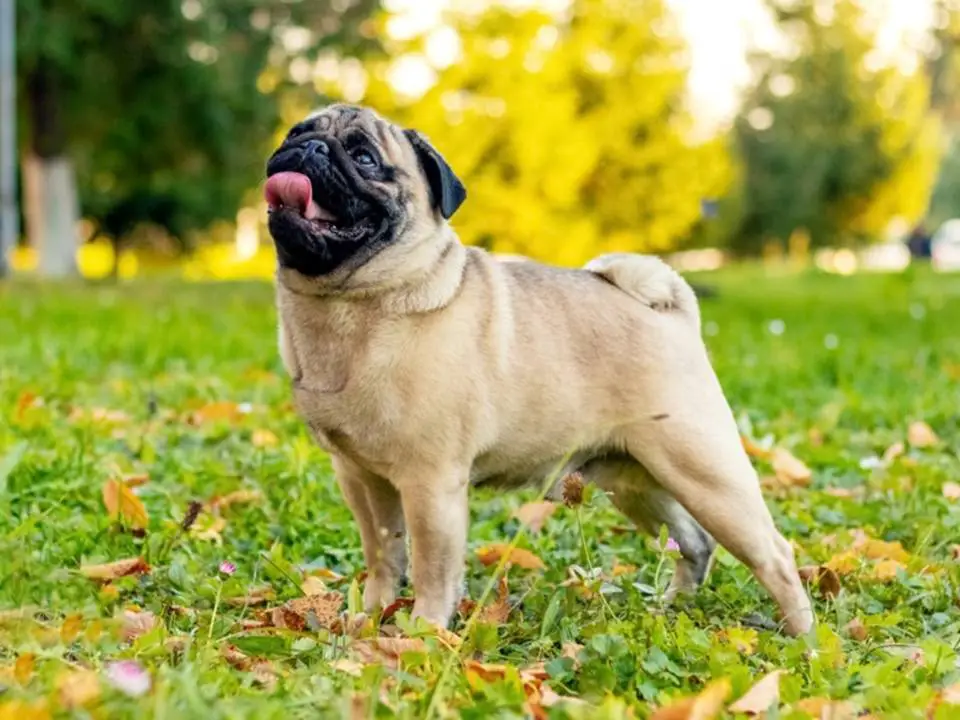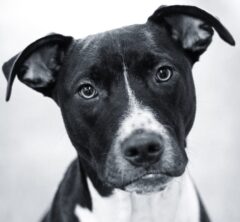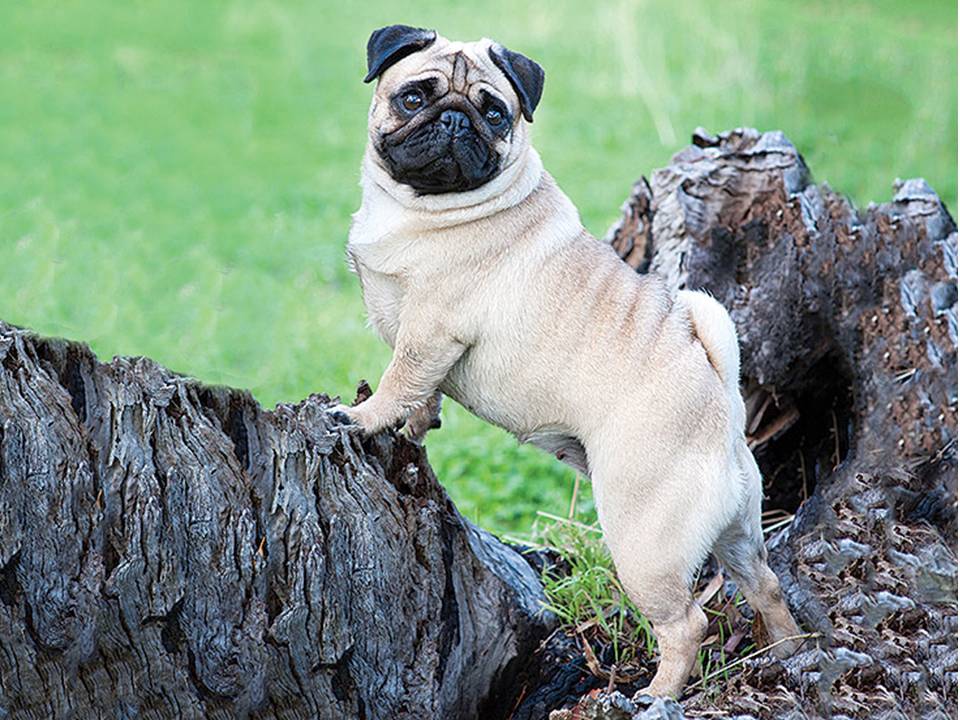The Pug Dog: A Small Muscular Dog Breed from China
The pug is a small, muscular dog breed known for its flat, wrinkled face and cheerful personality. Today, people love pugs as loyal companions, but the breed has a rich history that goes back thousands of years. Its origins connect to Chinese royalty, European aristocracy, and even military events. The pug’s unique looks and charming nature have won hearts worldwide. To understand the pug’s place in modern society, let’s explore its fascinating history, from ancient China to today.
Ancient Chinese Origins
The pug’s story begins in ancient China. Chinese emperors bred and treasured small, flat-faced dogs like the pug. Other similar breeds included the Pekingese and Shih Tzu. These dogs lived in luxurious palaces and served as royal companions and status symbols.
The first records of pugs date back to the Han Dynasty (206 BCE to 220 CE). During this time, emperors and the imperial court kept small, short-nosed dogs called “lo-sze.” These dogs were gentle and made excellent companions. Emperors set strict rules for their care, assigning guards to protect them. Only royalty could own these dogs, and they held special places in the emperor’s court.
Breeders designed these early pugs to resemble mythical creatures like lions, which were important in Chinese culture. They intentionally bred the dogs to have flat faces, creating the pug’s iconic look. Over time, the pug became a symbol of wealth and prestige, not just in China but around the world.
The Pug in Europe: From Royal Pet to Popular Breed
The pug dog arrived in Europe during the 16th and 17th centuries. Dutch traders likely brought the breed from China. In the Netherlands, the pug gained fame as the mascot of the royal House of Orange. A pug reportedly saved Prince William the Silent by alerting him to an assassin. This act made the breed a favourite of the Dutch royal family. Paintings from this era often show pugs sitting with aristocrats.
The breed soon spread to France and England. In the late 17th century, Queen Victoria of England fell in love with pugs. She bred
and owned many of them during her reign. Queen Victoria even passed laws to improve dog welfare. Her passion for pugs made the breed fashionable among the British upper class.
French and Italian nobility also adored pugs. The breed’s small size, affectionate nature, and unique looks made it a perfect lapdog. Pugs often appeared in art and literature, further solidifying their place in European culture.
Standardizing the Breed
By the 19th century, pugs were well-established in Europe. However, pugs in different countries looked different. Some had longer legs, while others had more wrinkles and shorter noses. During the Victorian era, English breeders began standardizing the breed. They refined the pug into a small, compact dog with a curled tail, short muzzle, and wrinkled forehead.
English breeders focused on enhancing the pug’s signature traits. They created the modern pug, known for its stocky build, round head, and deep wrinkles. Fawn and black became the most common coat colours. The Kennel Club in England officially recognized the breed in the late 19th century.
In the 20th century, pugs gained popularity in Europe and North America. They became regulars at dog shows, and breeders worked hard to perfect the breed. Pug clubs formed to protect and promote the breed, establishing the standards we see today.
The Modern-Day Pug
Today, pugs are beloved family pets worldwide. People love their playful, affectionate nature and funny expressions. Pugs have moved from royal palaces to everyday homes. Many call them “clowns” because of their expressive faces and joyful personalities. They thrive in households where they can be part of the family.
However, the pug’s flat face has caused health problems. Many pugs suffer from brachycephalic airway syndrome, which makes breathing difficult. Responsible breeders are working to address these issues by focusing on healthier breeding practices.

Despite these challenges, the pug remains a popular breed. Its journey from ancient China to modern homes shows its enduring appeal. Pugs continue to charm people with their looks and loyal, loving personalities.
Conclusion
The pug’s history reflects centuries of human culture and preferences. From its sacred role in ancient China to its place in European courts and modern families, the pug has always been a beloved companion. Its unique appearance and engaging personality make it a breed with a deep connection to human history. The pug’s charm is truly timeless.



I love these dogs, they are very friendly and good with childrens.